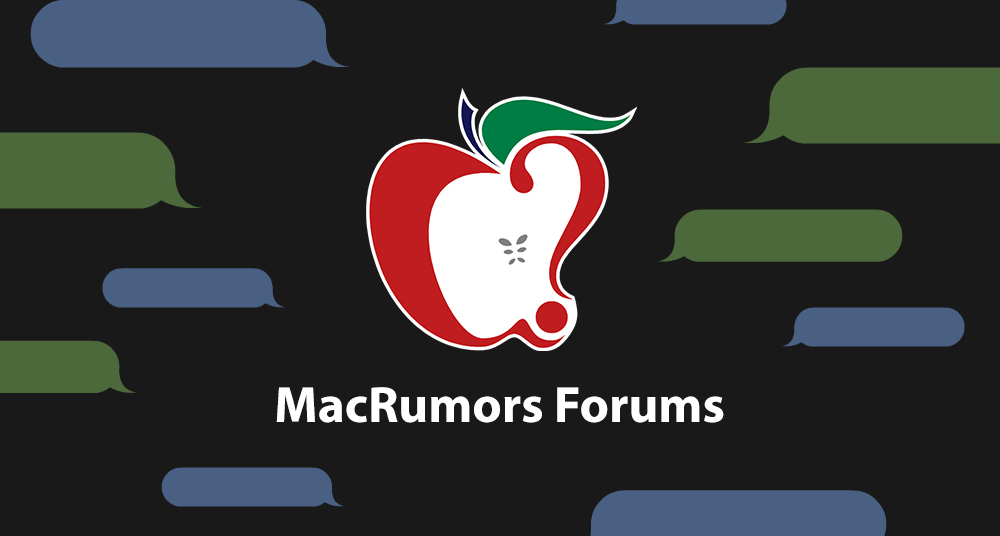Please excuse:
1. My possible paranoia
2. Likely posting in the wrong forum
I broke the screen on my 2014 MacBook Pro 15". I picked up another one (same model/year) off of Offerup today for a good price. I learned it has Opencore + Sonoma.
The seller seems trustworthy, and it looks to be a clean install but, in the old days, I would do my own clean install before creating my own user account, signing into my wifi network, signing into iCloud, etc.
I don't know how to do this with Opencore, and I am concerned that the implication of Opencore being installed is that the Mac is technically already "rooted." Is this accurate?
What should I do to protect my data (and client data) from possible exposure? A few ideas I had that may or may not work:
1. Screen swap -- just move this screen to my old one.
2. SSD swap -- move my old SSD to this Mac
3. Create a new admin user, reset super user password, delete old administrator profile and risk it (concerning because OpenCore Legacy Patcher 1.4.3 (installed) has the following settings: ALLOW_UNTRUSTED_KEXTS, ALLOW_UNRESTRICTED_FS, ALLOW_UNAUTHENTICATED_ROOT
4. Install and run some sort of "virus scan?"
5. ???
Help!
1. My possible paranoia
2. Likely posting in the wrong forum
I broke the screen on my 2014 MacBook Pro 15". I picked up another one (same model/year) off of Offerup today for a good price. I learned it has Opencore + Sonoma.
The seller seems trustworthy, and it looks to be a clean install but, in the old days, I would do my own clean install before creating my own user account, signing into my wifi network, signing into iCloud, etc.
I don't know how to do this with Opencore, and I am concerned that the implication of Opencore being installed is that the Mac is technically already "rooted." Is this accurate?
What should I do to protect my data (and client data) from possible exposure? A few ideas I had that may or may not work:
1. Screen swap -- just move this screen to my old one.
2. SSD swap -- move my old SSD to this Mac
3. Create a new admin user, reset super user password, delete old administrator profile and risk it (concerning because OpenCore Legacy Patcher 1.4.3 (installed) has the following settings: ALLOW_UNTRUSTED_KEXTS, ALLOW_UNRESTRICTED_FS, ALLOW_UNAUTHENTICATED_ROOT
4. Install and run some sort of "virus scan?"
5. ???
Help!


